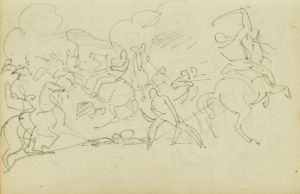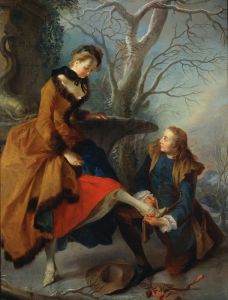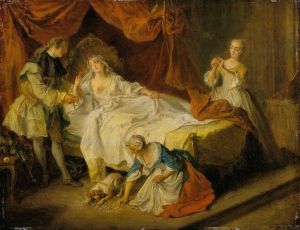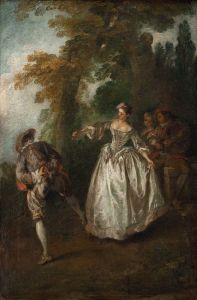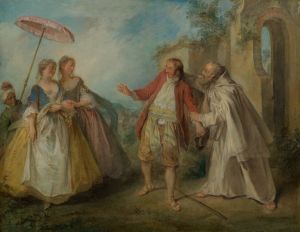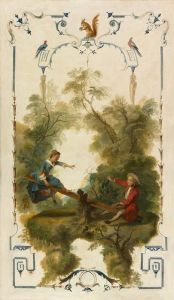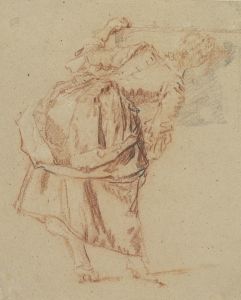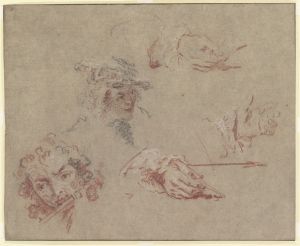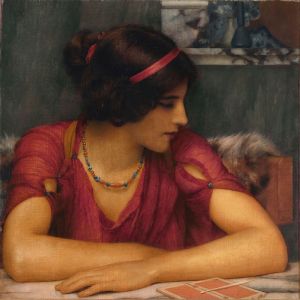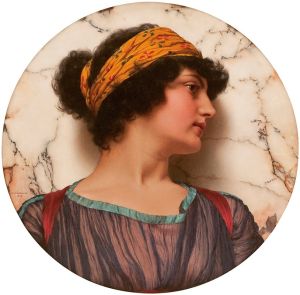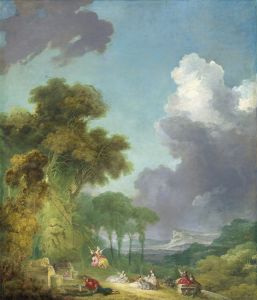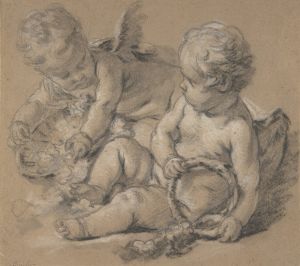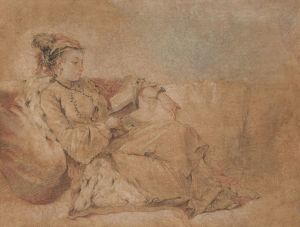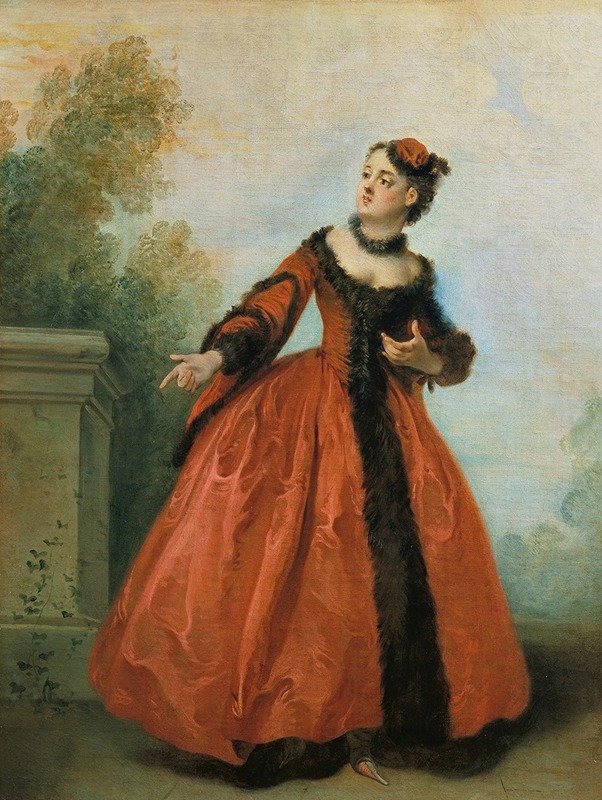
The Beautiful Greek
A hand-painted replica of Nicolas Lancret’s masterpiece The Beautiful Greek, meticulously crafted by professional artists to capture the true essence of the original. Each piece is created with museum-quality canvas and rare mineral pigments, carefully painted by experienced artists with delicate brushstrokes and rich, layered colors to perfectly recreate the texture of the original artwork. Unlike machine-printed reproductions, this hand-painted version brings the painting to life, infused with the artist’s emotions and skill in every stroke. Whether for personal collection or home decoration, it instantly elevates the artistic atmosphere of any space.
Nicolas Lancret was a prominent French painter of the Rococo period, known for his genre scenes that often depicted lively and elegant social gatherings. One of his works, "The Beautiful Greek," exemplifies his skill in capturing the essence of 18th-century French society through art. However, detailed information about this specific painting, including its creation date, current location, and historical context, is limited.
Lancret was born in Paris in 1690 and became a significant figure in the art world during his lifetime. He was heavily influenced by the works of Antoine Watteau, another master of the Rococo style, and Lancret's paintings often reflect a similar lightness and charm. His works are characterized by their delicate brushwork, vibrant colors, and the depiction of leisurely activities among the French elite.
"The Beautiful Greek" likely falls within the thematic scope of Lancret's oeuvre, which frequently included scenes of pastoral life, fêtes galantes, and other social entertainments. These paintings were popular among the French aristocracy, who were the primary patrons of such art during the Rococo period. Lancret's ability to convey the subtleties of human interaction and the elegance of contemporary fashion made his works highly sought after.
While specific details about "The Beautiful Greek" are scarce, it can be inferred that the painting might depict a scene involving a figure or figures styled in a manner reminiscent of classical Greek attire or themes, which was a common motif in Rococo art. This period saw a fascination with antiquity and the exotic, often reflected in the art and architecture of the time. Artists like Lancret would incorporate these elements to add an air of sophistication and historical romanticism to their works.
Lancret's paintings, including "The Beautiful Greek," are part of the broader cultural movement of the Rococo, which emphasized ornate detail, playful themes, and a departure from the grandeur and seriousness of the preceding Baroque period. The Rococo style was characterized by its use of asymmetry, pastel colors, and light-hearted subjects, often focusing on themes of love, nature, and entertainment.
Despite the limited information on "The Beautiful Greek," Lancret's contribution to the Rococo movement is well-documented. His works remain an important part of art history, offering insight into the tastes and social dynamics of 18th-century France. Lancret passed away in 1743, but his legacy endures through his paintings, which continue to be studied and appreciated for their artistic merit and historical significance.
In summary, while specific details about "The Beautiful Greek" are not readily available, Nicolas Lancret's reputation as a master of Rococo art provides context for understanding the likely themes and style of the painting. His work remains a testament to the elegance and charm of the period, capturing the essence of a society enamored with beauty and leisure.





